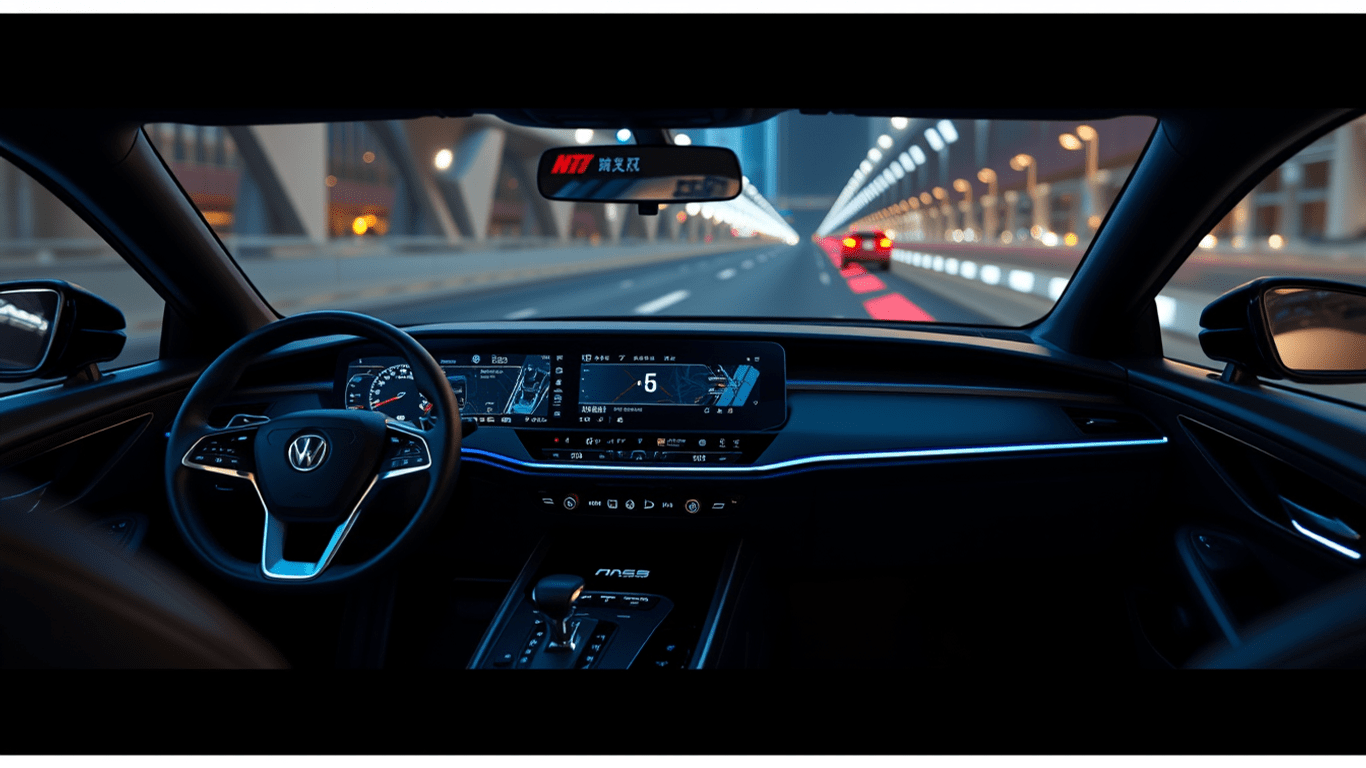Electronic driver aids (EDAs) have become increasingly prevalent in modern vehicles, promising to enhance safety and reduce accidents. However, while EDAs may promote compliance with traffic regulations, they can also inadvertently create unsafe situations for drivers.
One of the primary concerns with EDAs is their potential to foster a false sense of security. By automating certain driving tasks, such as lane keeping and adaptive cruise control, EDAs can lull drivers into a state of complacency. This can lead to reduced attention and slower reaction times, increasing the risk of accidents.
Furthermore, EDAs can interfere with a driver’s ability to develop essential driving skills. By taking over critical tasks, EDAs deprive drivers of the opportunity to learn from their mistakes and hone their driving abilities. This can result in a lack of confidence and preparedness when faced with unexpected situations.
Another issue with EDAs is their potential to create overreliance. Drivers who become accustomed to relying on EDAs may lose the ability to operate their vehicles safely without them. This can be particularly dangerous in situations where EDAs malfunction or become disabled.
Moreover, EDAs can introduce new hazards into the driving environment. For example, adaptive cruise control systems can cause vehicles to accelerate or decelerate unexpectedly, leading to rear-end collisions. Lane keeping systems can also malfunction, causing vehicles to drift out of their lanes and potentially collide with other vehicles or objects.
While EDAs have the potential to improve safety, it is crucial to recognize their limitations and potential drawbacks. By promoting compliance with traffic regulations, EDAs may create a false sense of security and reduce drivers’ attention and reaction times. They can also interfere with skill development, foster overreliance, and introduce new hazards into the driving environment.
Therefore, it is essential to use EDAs judiciously and to remain vigilant while driving. Drivers should not rely solely on EDAs but should instead use them as supplemental tools to enhance their own driving abilities. By striking a balance between compliance and safety, we can harness the benefits of EDAs while mitigating their potential risks.
